Perhaps the biggest Bollywood celebration this year is the 50th anniversary of the iconic film Sholay, which smashed box-office records when it was released in 1975.
But what most Hindi cinema fans may not realise is that another film released that same year (technically) made a bigger profit – with a much higher return on investment. In that regard, it remains perhaps the most profitable Bollywood movie in history.
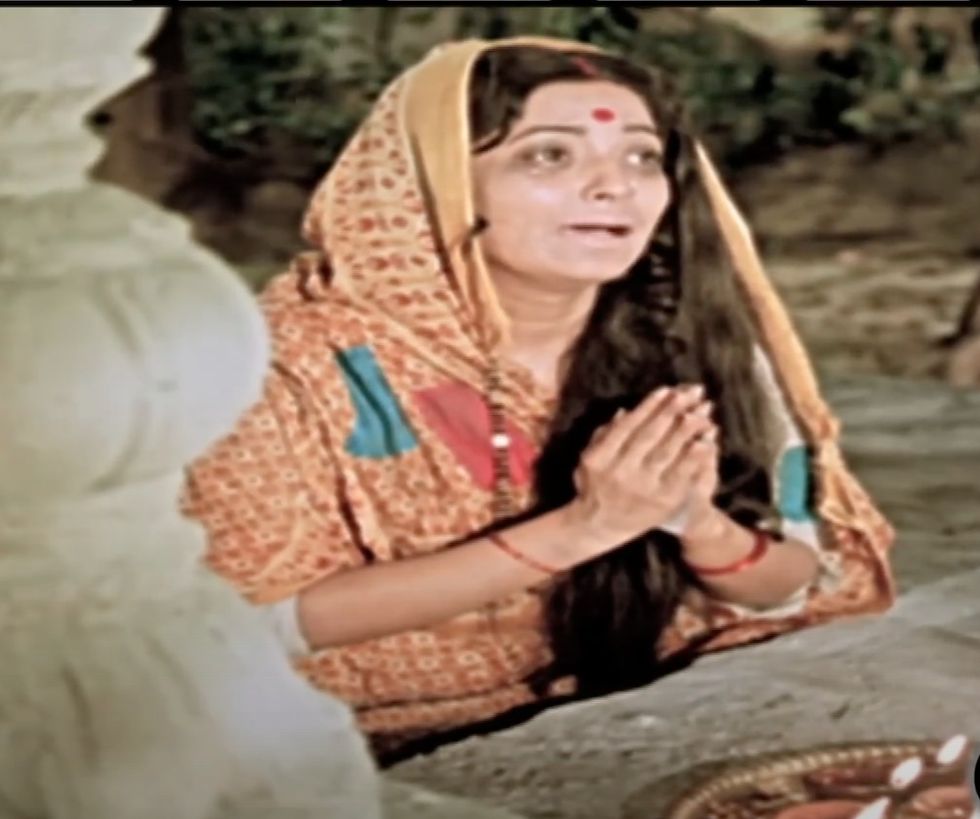
That micro-budget film, Jai Santoshi Maa, achieved something so miraculous it has never been replicated. The second-highest box-office grosser of 1975, it earned more than all-time classics released that year, including Deewaar, Dharmatma and Chupke Chupke – all led by superstars. Despite having no big stars, no lavish sets, minimal marketing and being made on a shoestring budget, the Hindu devotional drama worked miracles at the box office after its release on May 30, 1975.
Eastern Eye marks the landmark film’s 50th anniversary by revisiting its remarkable story and impact, one largely forgotten over time.
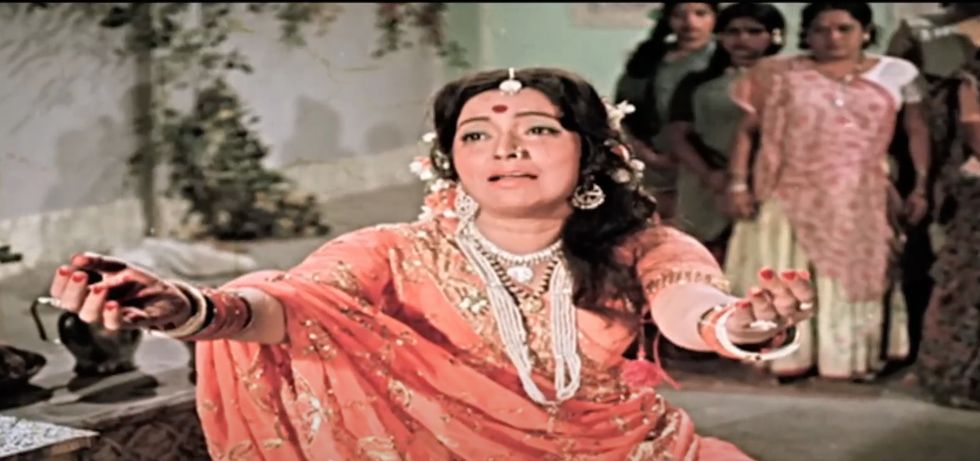
Struggling actor Vijay Sharma made the leap to directing with this deeply religious drama. At a time when Bollywood was dominated by action films headlined by big stars, he secured only a modest budget – thought to be around `500,000 (£5,000) – from low-profile producer Satram Rohra.
With such limited funds, there was no scope for elaborate sets, special effects, a large cast or any major names. Kanan Kaushal, previously seen in minor supporting roles, was cast in the lead. Anita Guha, who had some success in the 1950s but was mostly inactive by the 1970s, was brought in for a guest appearance as the divine title character.
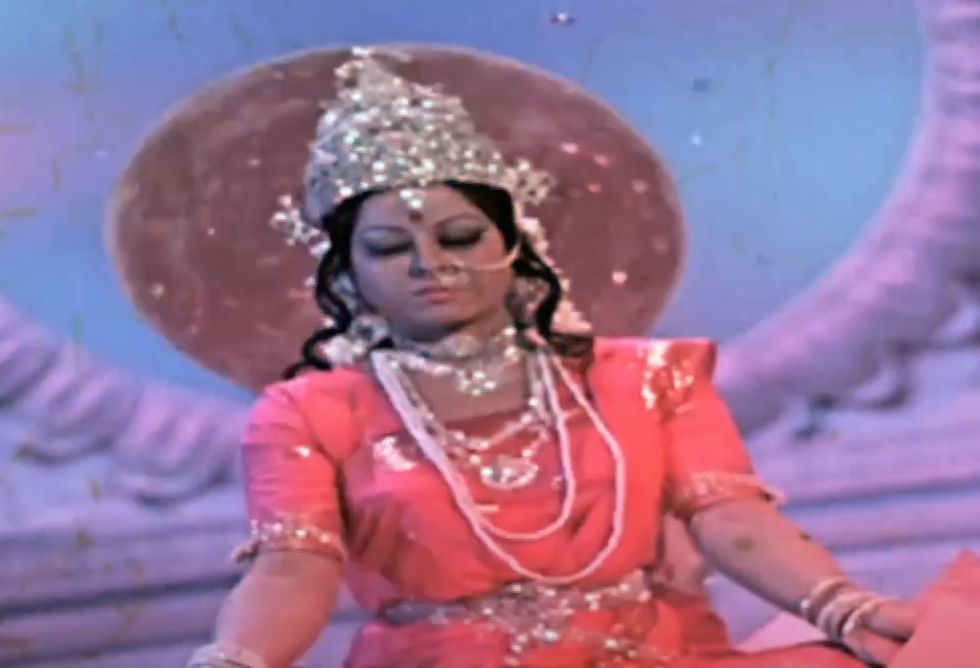
Bharat Bhushan, once a major star in the 1950s and early 60s but by then largely forgotten, took on a role out of necessity. Trilok Kapoor – younger brother of Prithviraj Kapoor and uncle to Shammi, Raj and Shashi – was also struggling for work and joined the cast.
What the film lacked in glamour, it made up for with a powerful, spiritually resonant soundtrack. Composer C Arjun and lyricist Kavi Pradeep, both relatively obscure at the time, delivered career-best work despite budget constraints.
Unable to afford Lata Mangeshkar or Asha Bhosle, they turned to their lesser-known sister, Usha Mangeshkar. They did, however, manage to get Manna Dey and Mahendra Kapoor to sing one song each. The film was written with its limitations in mind, using minimal sets and focusing on emotion.
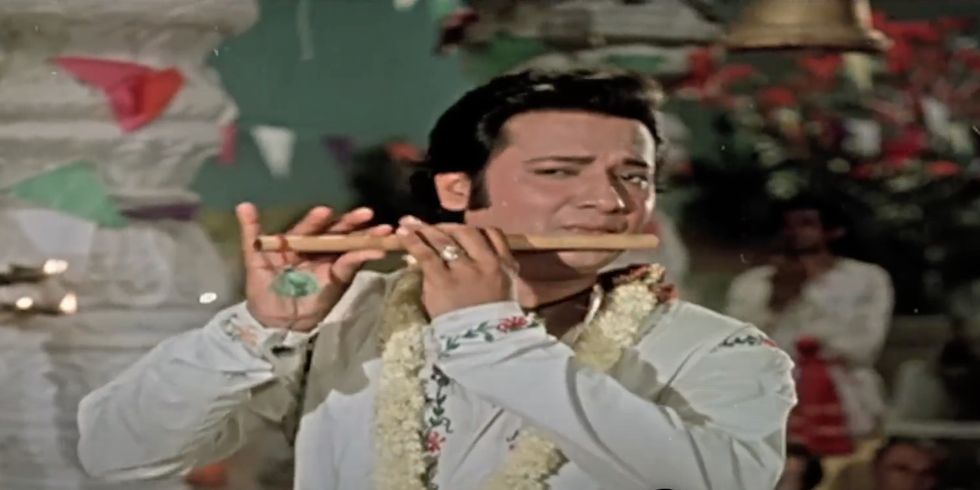
The story followed a pious woman who remains devoted to the goddess Santoshi Maa despite enduring severe hardship, poverty and abuse from her in-laws. Her unwavering faith is ultimately rewarded when the goddess intervenes to restore justice and peace.
When the film was ready to be released, no major distributor would take it. A smaller company finally agreed to give it a limited release, and then something extraordinary happened. It's simple storytelling, emotional arc and devotional songs struck a deep chord with audiences. Unlike the more extravagant mythological films of earlier decades, Jai Santoshi Maa was intimate, emotional and spiritual.
It felt less like watching a film and more like experiencing a prayer. What the film lacked in advertising, it made up for with astonishing word of mouth. Its appeal extended beyond the religious – the emotional story of a woman’s resilience resonated especially with female viewers.
Songs like Main To Aarti Utaru Re Santoshi Mata Ki had entire theatres singing along. While wealthier audiences flocked to watch star-studded blockbusters, grassroots viewers embraced everything about this modest devotional film, especially its message of hope.
Cinema halls screening the movie were transformed into makeshift temples, with patrons arriving barefoot, applying vermillion on their foreheads and distributing prasad after screenings. In some places, audiences performed prayers before the film began. Prasad counters even appeared inside theatres – unheard of in Indian cinema until then.
There were female-only screenings and reports of coconuts being broken at theatre entrances. In rural areas, entire villages organised trips to the nearest towns to catch a glimpse of the goddess on screen. Traditional moviegoers were replaced by worshippers, many of whom wept during the film and sang bhajans in the aisles.
As one historian recalled, “Watching Jai Santoshi Maa wasn’t like watching a movie – it was like participating in a collective act of worship.”
Cinemas that had initially rejected the film scrambled to secure it, leading to a dream run across India. When Sholay released a few months later, it crushed most of the competition, except Jai Santoshi Maa, which continued its successful run. In fact, had Sholay not been released, the devotional drama would likely have earned even more.
While record-breaking films like Sholay returned 10 to 15 times their investment, Jai Santoshi Maa reportedly earned over 100 times its budget. One journalist wrote, “Sholay gave us fire and bullets, while Jai Santoshi Maa gave us faith and devotion – and the box office bowed to both.”
Despite its massive earnings, reports suggest the producer was cheated by distributors and saw little profit. Yet the legacy of Jai Santoshi Maa went far beyond box office success.
Following its release, Santoshi Maa temples sprang up across India. Calendars, posters and religious books featuring her image flooded markets.
The film became a case study in how faith can fuel fandom, inspiring similar devotional films and later mythological television serials.
Lead actress Kanan Kaushal became so adored that fans often greeted her with reverence. Anita Guha, who played the goddess, was so strongly associated with the role that she was referred to as “Santoshi Maa” in public, with some people even seeking her blessings.
In an era dominated by big budgets and big stars, Jai Santoshi Maa remains a timeless reminder that faith and storytelling can achieve what no spectacle can. It had no brooding heroes, no bullets, and not a single superstar – but it accomplished something no other film has matched.
Remakes and similar concepts followed, but none could replicate its divine success. As director Vijay Sharma later said, “We thought it would do okay in devotional circuits. But the response was something else – a tidal wave of emotion and faith.”
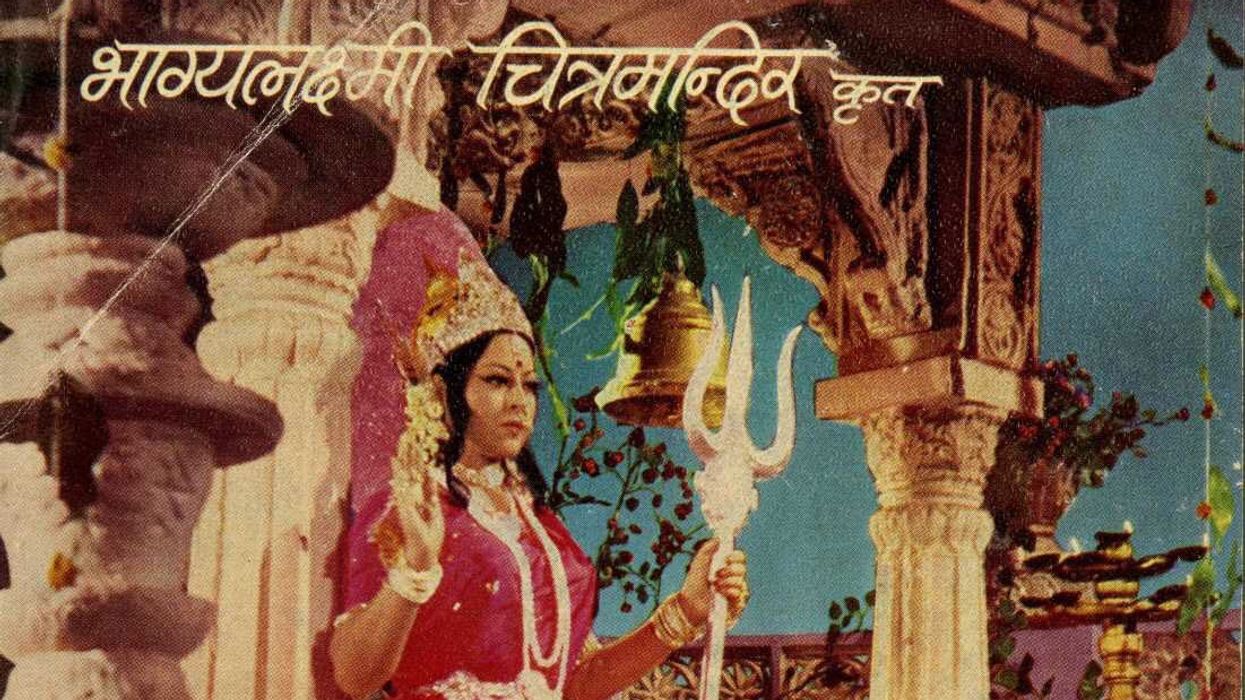
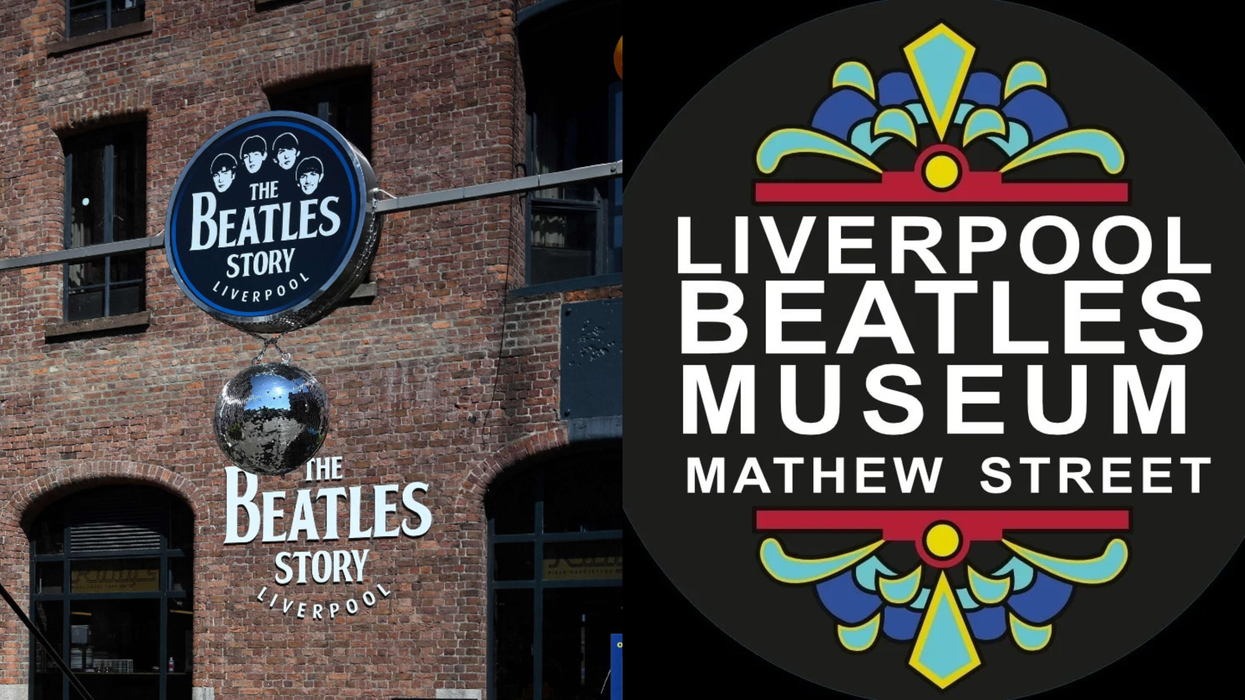
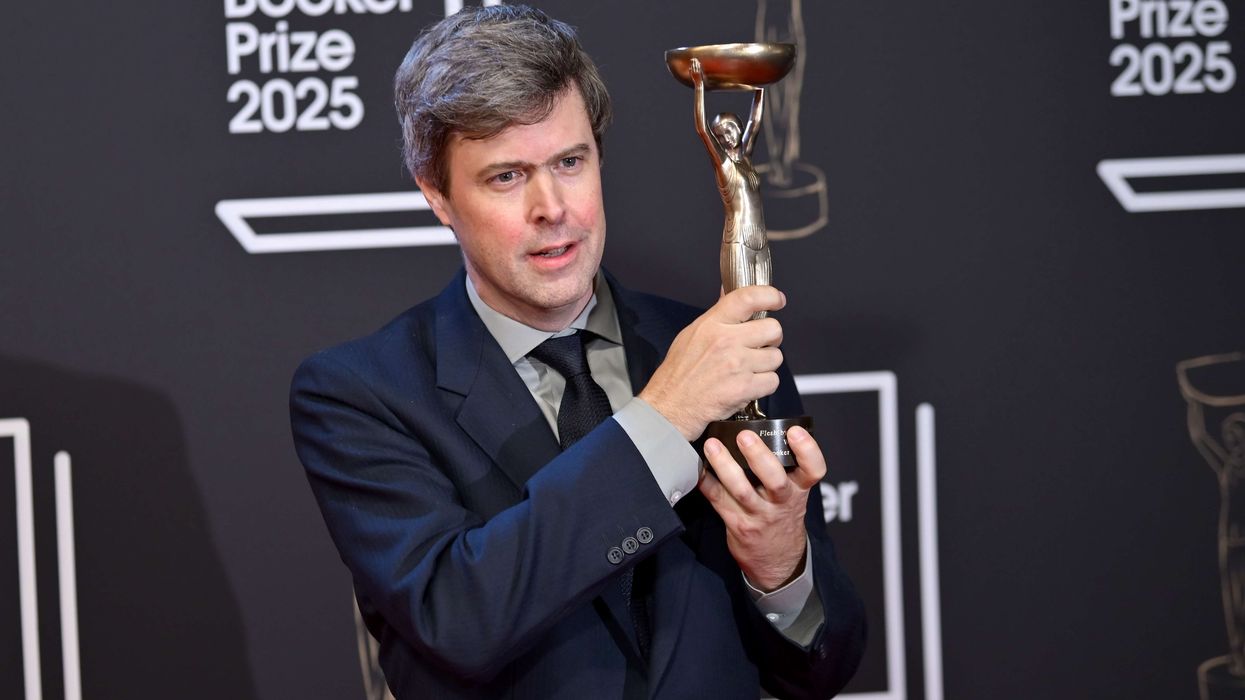

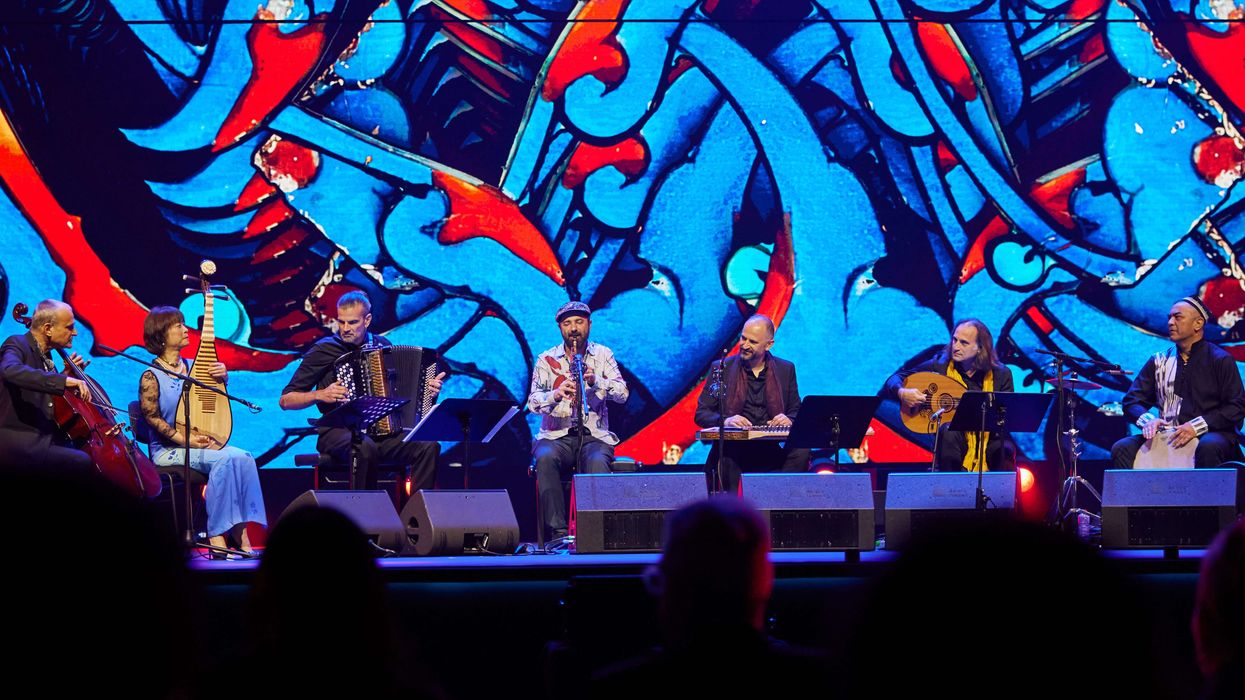
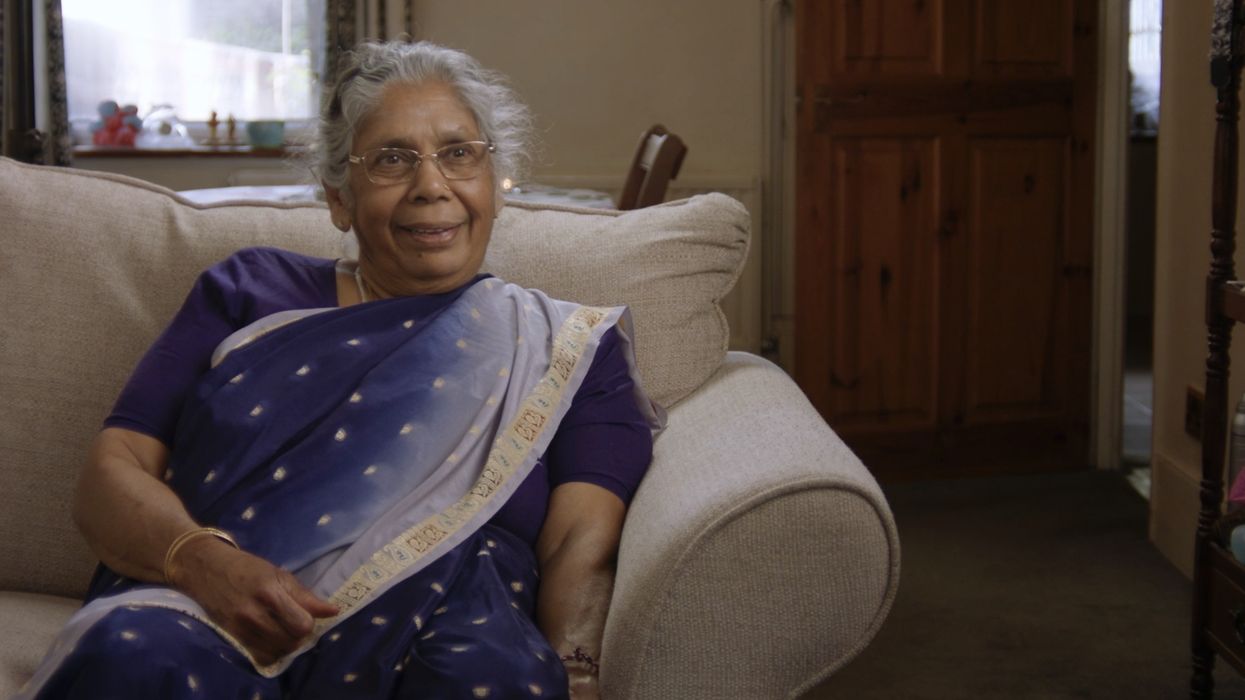
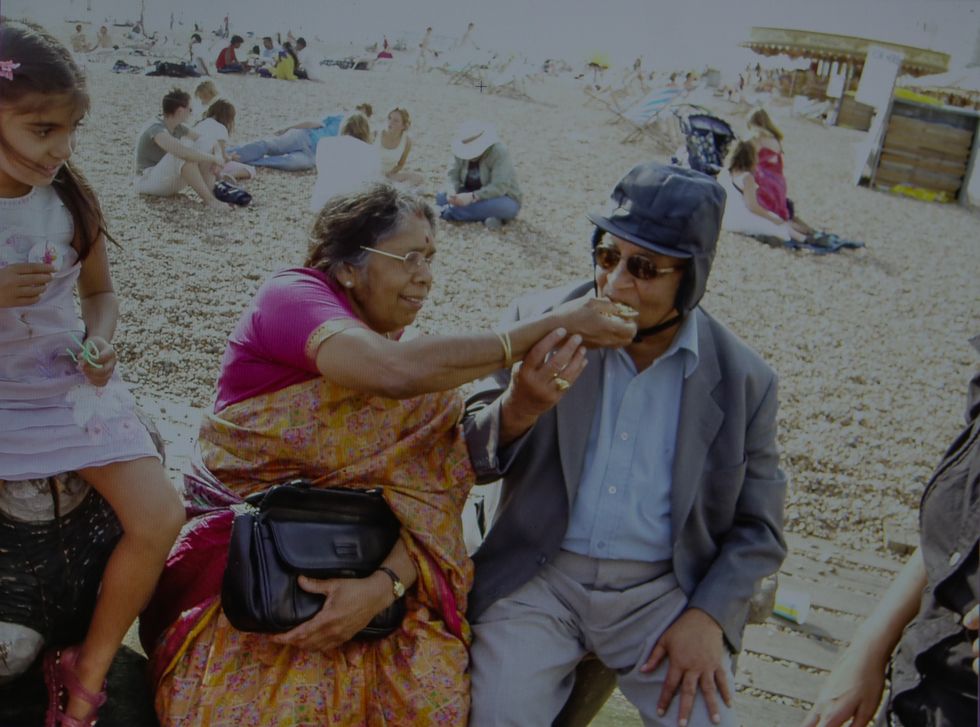 With her husband RS Amirthananthar
With her husband RS Amirthananthar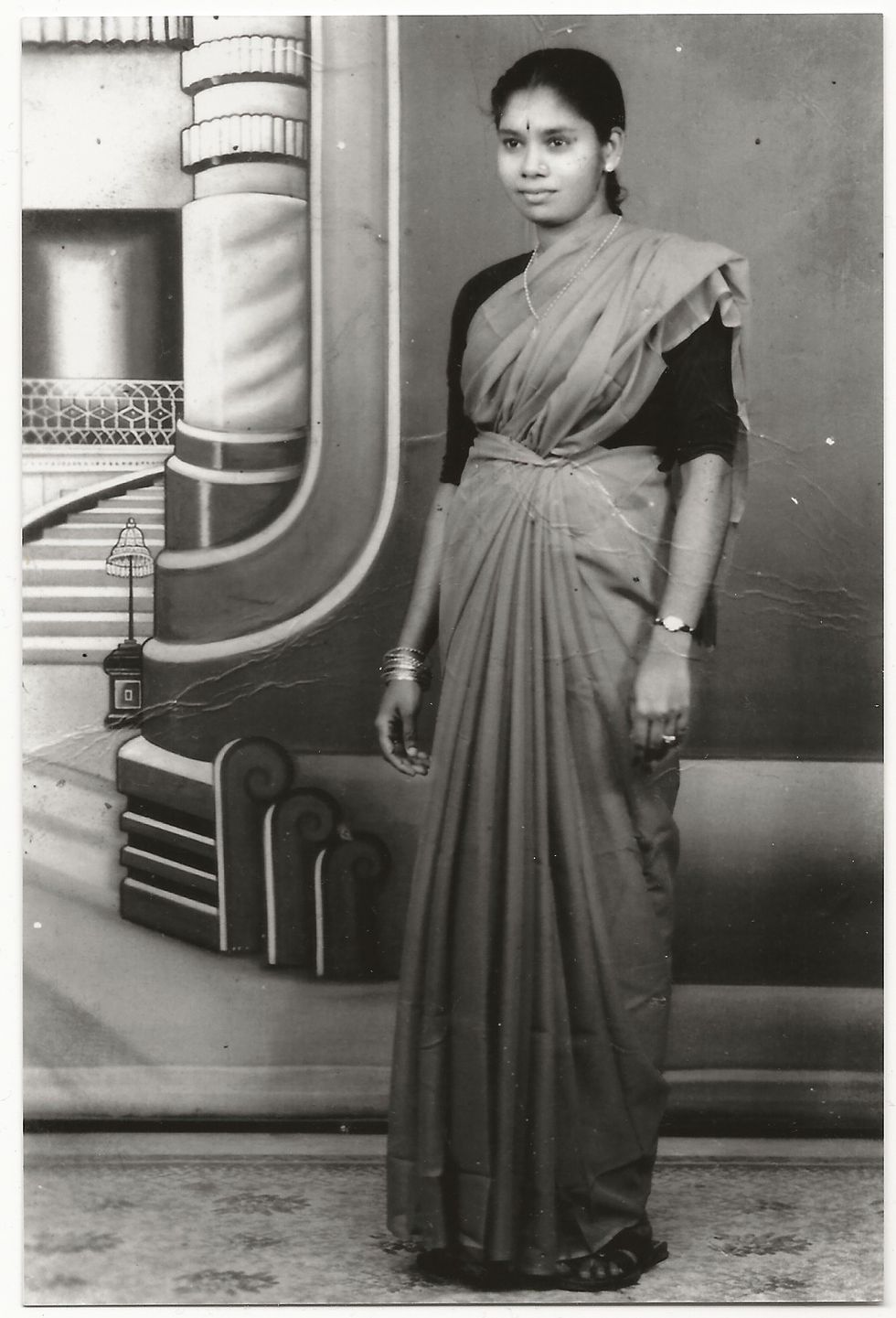 An old portrait
An old portrait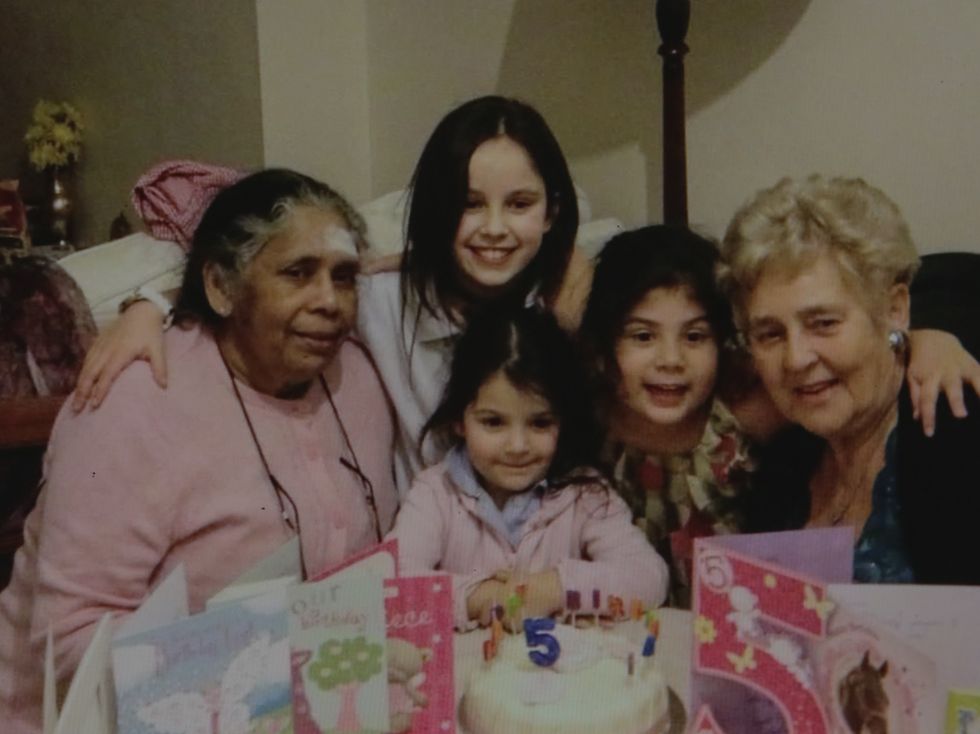 With her family
With her family






